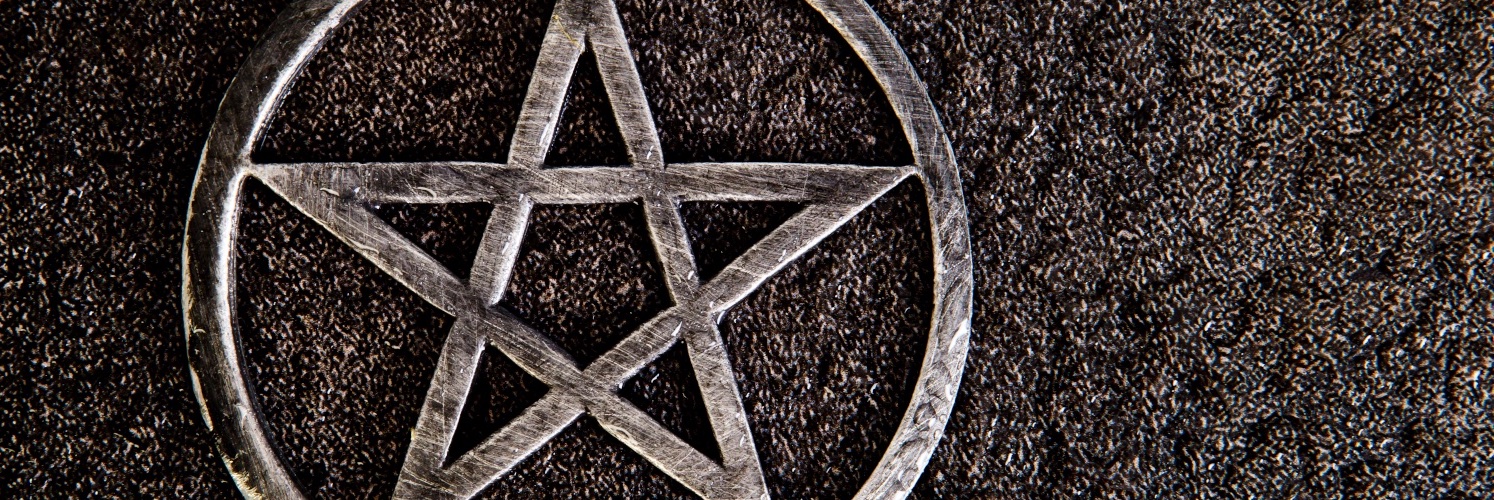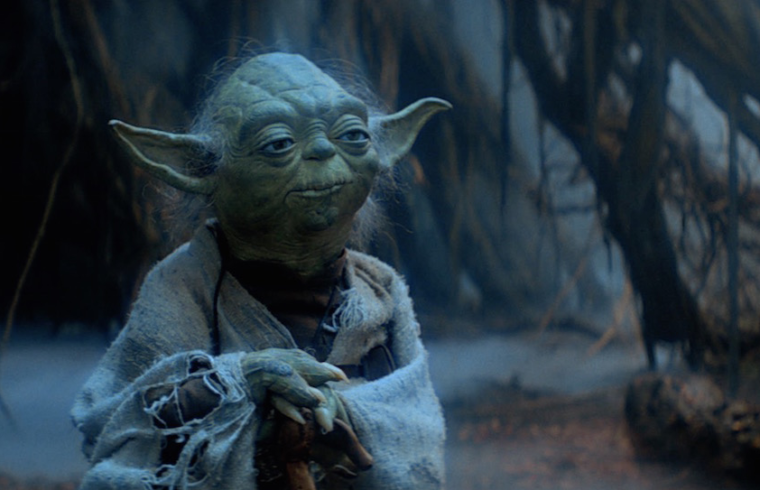Jesus wasn’t the first teacher to ever use stories to teach moral or spiritual concepts. Aesop – famous for his fables – lived in Greece six hundred years earlier. Before him, in the 8th Century BCE, Homer wrote down orally-transmitted epic poetry, including the Iliad and the Odyssey, that illustrated spiritual themes while also entertaining listeners. And before him, there were teachers all across cultures who taught through storytelling. Even our modern fairy tales have values and lessons encoded in them, lessons that are being looked at now with new eyes to be transformed into new lessons by authors and artists who are changing the viewpoint character, flipping the script, and reimagining the storyline.
Storytelling has always been a part of spiritual teaching. And popular stories, from books to television to movies to video games, can be used to illustrate spiritual ideas in an approachable way. Teachers of the Craft can look to a wide variety of ancient and modern stories to explain how Wicca works and what Wiccans believe. I’ve illustrated a few examples below.
Magick
In Star Wars, Luke Skywalker learns how to get in touch with the Force, which is an energy field that suffuses the whole universe. Obi-Wan Kenobi, a Jedi Master, tells Luke to stretch out with his feelings to get in touch with the Force. Yoda, another Jedi Master, tells him that fear, anger, and hate will lead him down the wrong path in using the Force. Luke trains hard to master the skills necessary to successfully wield the Force, and ultimately saves the Galaxy from an evil Sith Lord and returns it to rule by democracy rather than by dictatorship. In Wicca, magick really is like the Force. When we get in touch with the spiritual energy of a place, an object, or a person, we can communicate with and influence that place, object, or person. And just like the Jedi have rules to keep the Force-users they train on the Light Side – rules which don’t always work, hence the premise of the entire epic saga of Star Wars – Wiccans also have a supreme ethic of harming none and not interfering with someone’s will.
The Circle
In Stargate, the portal that connects Earth to other planets has seven symbols in its coordinate system. They represent the intersection of two points on the x-axis, two points on the y-axis, and two points on the z-axis, as well as a point of origin outside the intersection of the other six points. In Wicca’s magick circle, we also have these seven points: the north-south axis, the east-west axis, and the upperworld-underworld axis (sometimes called the axis mundi) all intersect in the center of the circle, where the Sacred Fire is, and the seventh point – our point of origin – is the middleworld where we dwell. Remember, the magick circle is a place set apart., not entirely in the ordinary world but not entirely in the spirit world either. It is the gate to the otherworld, that layer of reality very close to the ordinary world where spirits can influence the material world and we as material beings can influence the spirit world.
The Elements
In the animated series Avatar: The Last Airbender, the different kingdoms are based on the four classical elements: Air, Fire, Water, and Earth. The people of these kingdoms have the ability to manipulate the element of their kingdom, but only one person, the Avatar, can master all four elements. Each element has different aesthetics, personalities, and values, as well as different techniques for bending. In Wicca, the same is true, and while it’s rare for someone to have such command over the elements that they manifest rain or fire, it is not outside the realm of possibility. But for those starting out on the path, it’s important to realize that the elements are forces of nature with certain attributes that we can tap into at need. And, relatedly, there are living embodiments of the elements called elementals that have distinct personalities and wishes. The elements are a source of raw power. The elementals are spirits dwelling in that power who can help or hinder us as they see fit.
Time and Space
In Doctor Who, the Doctor can travel through time and space in a special ship called a TARDIS. Events that happen in the past can influence the future, and if history is changed even in a small way then the future can be a wildly different place. But far from seeing time as a linear progression from past to present to future, the Doctor understands time as a seamlessly interconnected web of “wibbly-wobbly-timey-wimey stuff”. No matter where the Doctor is in time and space, s/he understands that every present moment is connected to the things that were and the things that could be. Timelines are created and destroyed through the Doctor’s actions and mere presence in the timeline. In Wicca, we also see time in a nonlinear fashion. Some view it as a spiral, where the earthly seasons cycle through again and again and we tread familiar territory but with a new layer of experience to color our understanding of it. Others view it as a quantum multiverse, where every decision creates a new and unique reality.
Reality
In the 2009 reboot of the Star Trek franchise, events happen early on that change the course of history, creating an alternate reality for the young heroes of the series. This alternate reality, since it branched off from a defining moment, is new and unpredictable, despite the presence and influence of Ambassador Spock – a visitor to the alternate reality from the reality familiar to Star Trek fans. In Wicca, and in many New Age paths, the idea that we can create new realities through belief and will is a powerful and life-changing magick. The past informs us but does not control us, and the future we see for ourselves is not predestined in any way that matters. By discerning what we have influence over and can change in the present moment, we create new futures for ourselves, futures which we hope are ultimately positive.
Morality
There are so many cautionary tales out there that it’s difficult to choose a single example. In The Craft, four young witches discover, experiment, and misuse magick, each to their own detriment, until one of them learns the secret: that the only good or bad is in the heart of the witch and that nature keeps the balance on its own, even if keeping the balance means the destruction of lives. In Practical Magic, two sisters who grew up in the Craft misuse magick only to have a serious mess involving law enforcement to clean up. They learn the power of sisterhood, not only with each other but with the other women in the town they live in. In The Last Keepers, a teenage witch discovers that she is the subject of a prophecy, and she wrestles with that while trying to do normal high-school things like fit in, have a boyfriend, and succeed in school. The film is marvelously open-ended in that the final choice point for the protagonist is treated as optional: she can save the world, but she does not have to save the world. The idea of consent plays a large role in the movie, as it does in real life.
21st Century Mythology
Now, as in ancient days, people are educated and entertained through storytelling. We have books, movies, video games, stage productions, and even songs which lift up the values of our culture. Where our recent ancestors might’ve listened to fairy stories and tall tales, we have the Marvel Cinematic Universe, the Tolkien Legendarium, and the Elder Scrolls. Now more than ever, we have rich opportunities to teach the Craft in ways that are engaging and experiential. Let’s not forget them.

